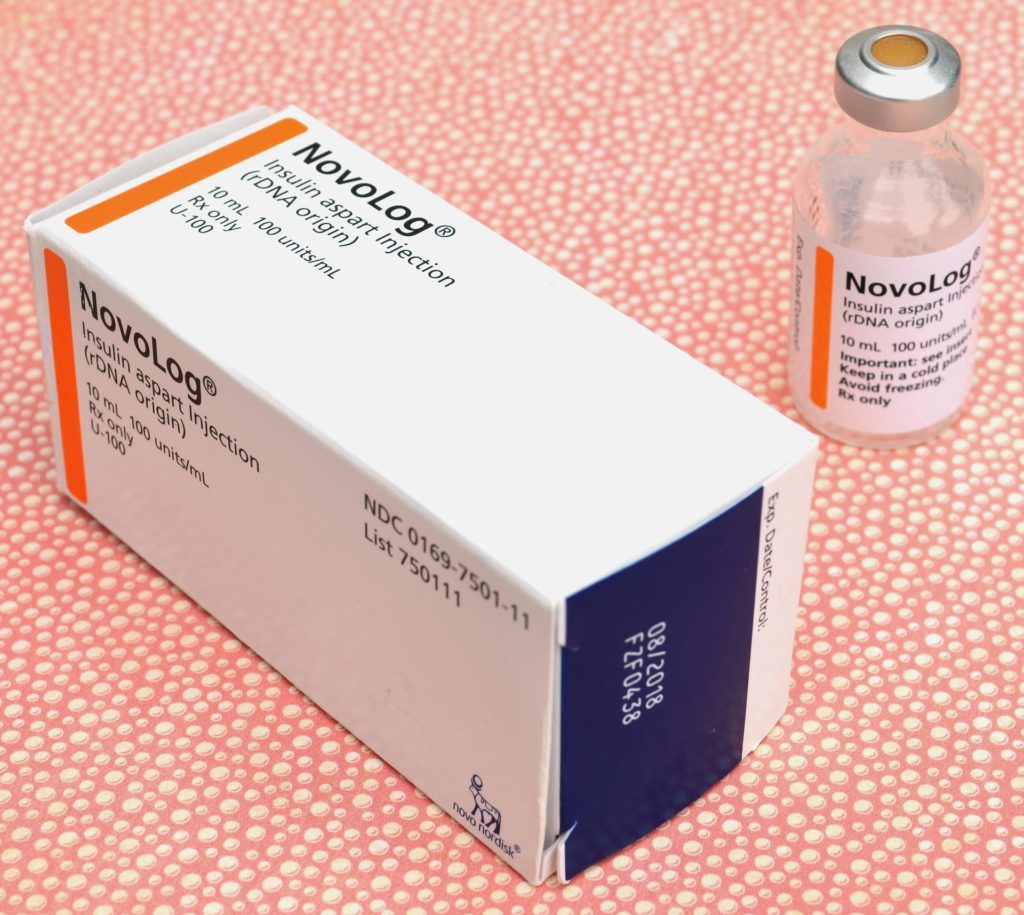
Autism diagnoses have increased worldwide over the last decade. Initially, autism rates in Israel were lower than those reported in the USA and Western Europe. However, a new collaborative study by Ben-Gurion University of the Negev, Clalit Healthcare, and the Israeli Ministry of Health has found a dramatic increase in the prevalence of autism in Israel between 2017 and 2021 with a 4-fold increase in young 2–3-year-old children and a 2-fold increase in older ages.
The team, led by BGU’s Prof. Ilan Dinstein, analyzed data from the National Insurance Institute (NII), which manages social security for the entire population of Israel, and from Clalit Healthcare, an HMO that treats 52.8% of the Israeli population. According to NII data, the number of individuals with a formal diagnosis of ASD, 1–17 years old, increased from 14,914 in 2017 to 32,222 in 2021.
“Autism prevalence in children 1–17 years old has almost doubled, autism prevalence in children 2–3 years old has increased by a factor of 4.4. This demonstrates a shift towards early autism diagnosis such that in 2021, the autism prevalence was 1% among 2–3-year-old children and almost 2% among 4–5-year-old children,” the researchers wrote.
From 2017 to 2021, autism prevalence rates of 2–3-year-old (day-care) children increased from 0.27% to 1.19% (>4-fold change), 4–6-year-old (pre-school) children increased from 0.8% to 1.83%, and 8-year-old children increased from 0.82% to 1.56% in NII data. Children 10 years old and older exhibited slightly smaller changes in prevalence rates.
“Our analysis shows that the autism population is growing rapidly, particularly at young ages, which means that education and healthcare services are confronted with a huge challenge to keep up with providing the necessary services,” says Prof. Dinstein of the Departments of Psychology and Cognitive and Brain Sciences and Deputy Director of the Azrieli National Centre for Autism and Neurodevelopment Research at BGU.
Research studies such as these are important benchmarks that government ministries can rely on in their preparations for assisting those with autism. Previous research conducted by Prof. Dinstein and colleagues has demonstrated that autistic children who are diagnosed earlier (as early as two years old), are three times more likely to improve in their communication and social skills in contrast to children who are diagnosed at older ages, but this requires intervention and the availability of services and support.
Dr. Dorit Shmueli, Pediatric Neurologist and head of Child Development in the Community Division at Clalit, “The increase in autism diagnosis is global, for many reasons, the main ones being the expansion of the definition, so that today it includes children with normal cognitive functioning, and an increase in awareness, both by parents and by educational frameworks. In Israel, the increase in requests for autism diagnosis and the dramatic increase in the number of children receiving a diagnosis is clearly felt in child development services, and a comprehensive national plan and allocation of resources are required to respond to the growing needs.”
Prof. Gal Meiri, Director of the Child and Adolescent Psychiatry Unit at Soroka Medical Center and Medical Director of the Azrieli National Research Centre for Autism and Neurodevelopment at Ben-Gurion University of the Negev: “The large increase in the prevalence of autism in Israel corresponds with global data in this field. This increase challenges clinicians and the various systems that provide services to children and people with autism and intrigues researchers in Israel and around the world. Autism is a disorder that accompanies people with autism and their families throughout their lives. The early and intensive intervention has been proven to be effective and advances children with autism, and the new data require attention and preparation by policymakers in this area so that proven interventions can reach every child and every person who needs them.”
According to Ronit Shussel, Director of the Knowledge, Research and Training Division at ALUT: “ALUT, the association that leads the treatment of autism in Israel, sees great importance in concentrating data about the autistic population in Israel and the various services they receive. Without the inclusion of data at the national level, the State of Israel will not be able to provide the population with available and high-quality services required to promote their optimal integration into society and the community. As published in ALUT’s Autism State Report for 2021-2022, there is already a significant shortage of educational, welfare and medical services, and without intervention and service planning, this gap will deepen in the coming years.”
“While it is important that the health system in Israel is diagnosing autism at very young ages, it is equally important that intervention services be available to those who are diagnosed – with such fast growth, this is clearly a challenge. Moreover, these children will likely require support at various levels during adulthood. This study is, therefore, a wake-up call for the government to start planning ahead,” says Prof. Dinstein.
The study was unique in using two separate datasets – one from the NII and one from Clalit – and cross-referencing them. The researchers could, therefore, estimate prevalence rates in the entire population of children in Israel with more confidence. The datasets are considered particularly dependable because the vast majority of parents of children with autism apply to one or the other institution for benefits and services. Revealing equivalent prevalence increases in both data sets demonstrates the reliability and generalizability of the findings and conclusions. Previous prevalence studies in Israel and worldwide have not compared findings across multiple sources in this way.
The study was also unique in breaking down the assessment by age groups corresponding to educational settings – an especially useful feature for government ministries and local municipalities to know where to apply their resources.



